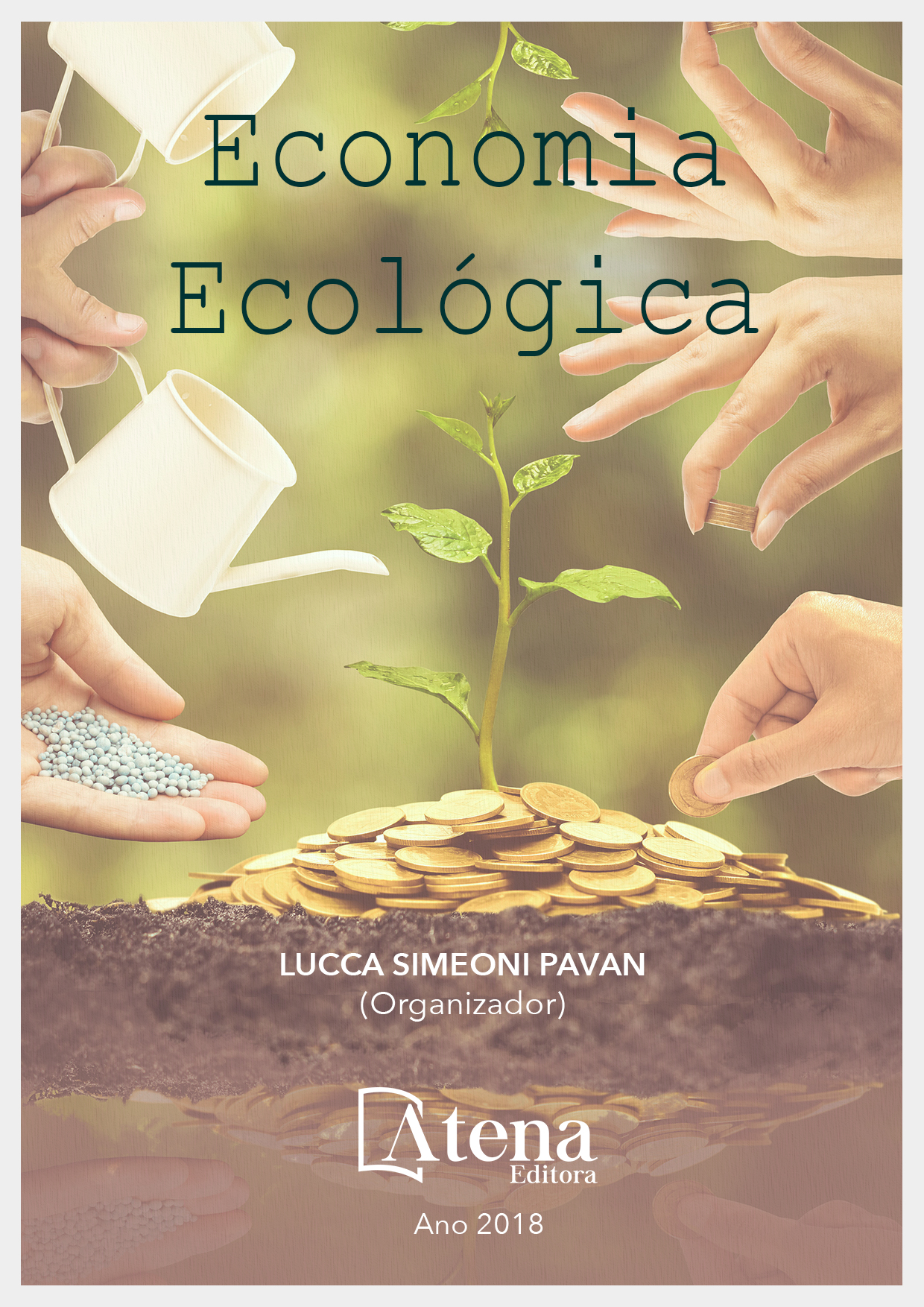
O homem do campo e o clima: percepção para a região de Anápolis e entorno
Este artigo é uma reflexão sobre
mudanças climáticas e suas consequências
no meio rural no cerrado na região central
do Brasil. O objeto de estudo foi à região de
Anápolis/GO e seus municípios limítrofes.
Anápolis é o segundo município mais
importante de Goiás em produção industrial
e centro de distribuição privilegiada pela sua
posição de entroncamento por estar em grande
eixo econômico, entre duas grandes capitais,
Goiânia e Brasília. O objetivo desse estudo é
investigar a percepção do homem nas regiões
rurais a respeito das mudanças climáticas
locais e globais e sua conexão com a ciência
do Clima. Essa é uma pesquisa bibliografia e de
campo, qualitativa para dados bibliográficos e
documentais e quantitativa para a pesquisa de
campo, os resultados foram apresentados de
maneira descritiva. A amostra foi composta de
134 residências, proporcionalmente divididos
em 12 municípios e 4 distritos. De forma geral
os residentes na zona rural vêm percebendo
alterações climáticas na região e isso incluem
mudanças no regime de chuvas e aumento da
temperatura.
O homem do campo e o clima: percepção para a região de Anápolis e entorno
-
DOI: Atena
-
Palavras-chave: mudança climática; meio rural; percepção humana.
-
Keywords: climate change; countryside; Human perception.
-
Abstract:
This article is a reflection on
climate change and its consequences in the
rural environment in the cerrado in the central
region of Brazil. The object of study was to the
region of Anápolis / GO and its neighboring
municipalities. Anápolis is the second most
important municipality of Goiás in industrial
production and privileged distribution center for
its position of junction for being in great economic
axis, between two great capitals, Goiânia
and Brasília. The objective of this study is to
investigate the perception of man in rural regions
regarding local and global climate change and
its connection with the science of Climate. This
is a bibliographical and field research, qualitative
for bibliographic and documentary data and
quantitative for field research, the results were
presented in a descriptive way. The sample was
composed of 134 residences, proportionally
divided into 12 municipalities and 4 districts. In
general, residents in the countryside have been
perceiving climate change in the region and this
includes changes in rainfall and temperature
increase
-
Número de páginas: 15
- Joana D'arc Bardella Castro


